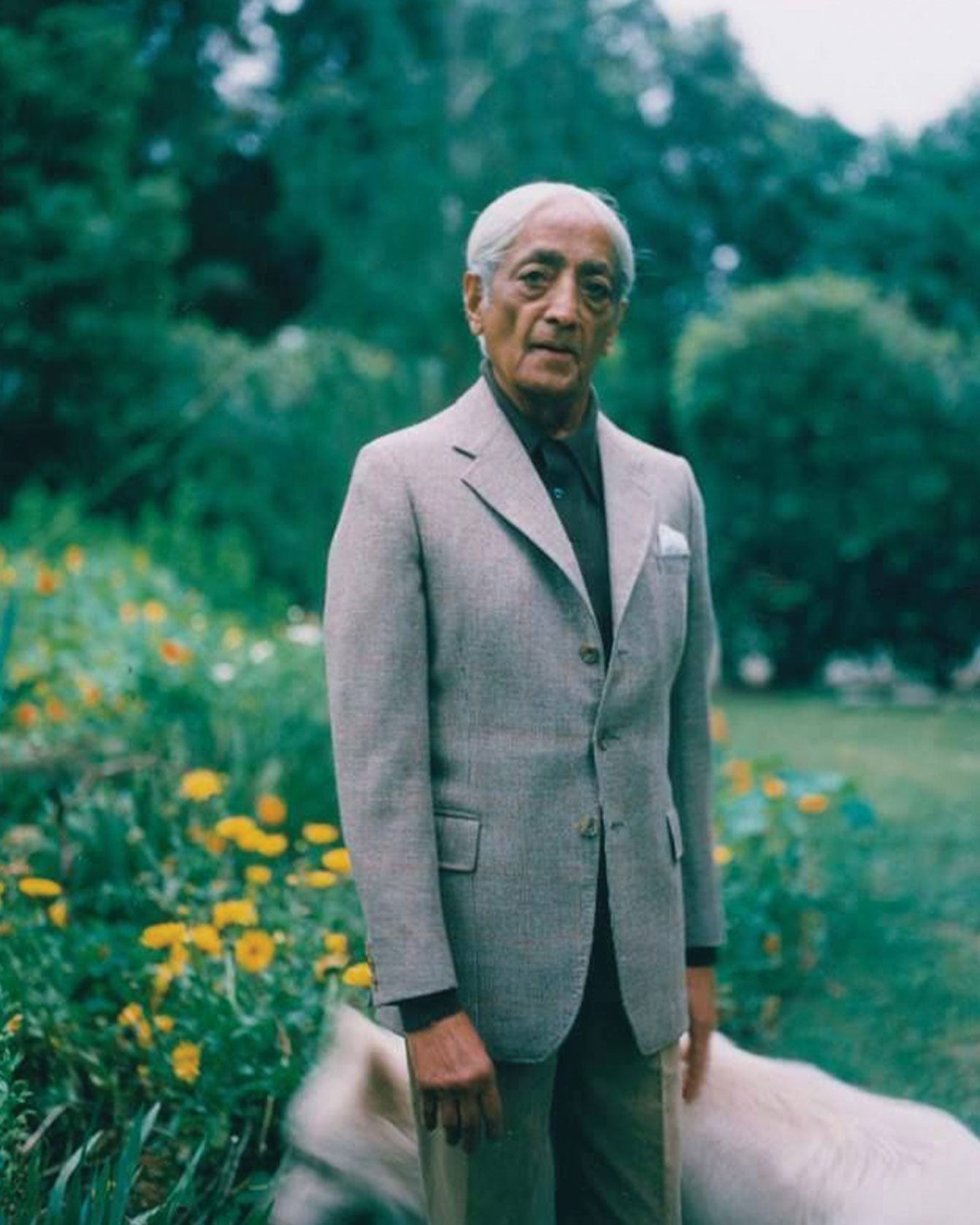Over the last few weeks I’ve had the delightful opportunity to speak to a few alumni from Krishnamurti schools in India about how their experience of school has been, and in having done so, I have found that all three unanimously are of the belief that having been put in a Krishnamurti school was one of the best things their parents did for them. Gowri Varanasi, a naturalist and rock climber who was shifted from a public school in Bangalore to Center for Learning (CFL), a Krishnamurti inspired school on the outskirts of Bangalore, at an early age, recalled that her teachers at CFL never said “no, don’t do that, snakes are dangerous don’t chase after them.” Instead she remembers being encouraged to follow her curiosity and to see where it led her. “One year I studied butterflies and I made a whole documentation of all the butterflies found on our campus with field notes and field sketches by hand. I recorded where all the butterflies were found, each of their host plants, what they feed on and how they become a cocoon, and then, using all this material, I even made a book on butterflies at CFL, that is now being used by the younger students on campus to learn about their surroundings.” She then went on to describe her school campus in saying that, “the CFL campus has crazy scrub forests all around, because only a small portion of it has been built upon, while the rest of it has been left wild, which is why it also wasn’t uncommon for us to occasionally spot leopards and bears passing through.”

Gowri and her classmate petting farm animals. Photograph by Gowri V
Nature and the wild outdoors do appear to me to be a quintessential feature of Krishnamurti schools and in speaking to Ananya Ghosh, a theatre maker and actor who graduated from Sahyadri school (another Krishnamurti Foundation School in Pune) in 2014, I found out some more about how the Krishnamurti Foundation India (KFI) curriculum makes the most of the abundant natural resources available at their disposal. Ananya said, “when you’re surrounded by this kind of a landscape you automatically use it in the way that you can. For instance, we had most of our English classes under a tree and I don’t know why the teacher did that, but it was lovely to just sit under a tree and learn a language. We learnt about gravitational forces and tensions while playing throw ball, which was so much fun and not boring at all, and I remember every semester we had a dorm trek that our geography teacher would organise and somehow, that connection from geography to these treks, was something that made such a big difference to understanding the subject of geography, through the surrounding land. In the 7th grade, we visited Rishi Valley, another Krishnamurthi school in rural Andhra Pradesh, and they had visited us, in a sort of exchange, and we were prompted to observe the differences in geography at both campuses. So in essence, I think, you’re always sort of making connections in some odd way or another to the landscape around you.”

Sahyadri students swimming in the Bhima river near the school. Photograph by Ananya Ghosh
Ashwath Swaminathan, another KFI alum we spoke to who studied at 'The School' in Chennai, on the other hand succinctly surmised the same idea in saying that experiential learning is central to the approach KFI curriculum takes in its teaching methods. He recalled that as per Krishnamurti’s vision, a special focus was placed on holistic development which manifested itself in that the school had a very robust extracurricular program featuring pottery, kalaripayattu, gardening and yoga amongst several other things, in addition to which, students also had a weekly culture class where topics relevant to the cohort, such as the idea of freedom, or managing anger or using cuss words were chosen, to be discussed openly and freely amongst the students and teachers together. On reflecting on how his schooling has made him who he is, Ashwath said, “One of the key differences I notice between myself and my peers in the corporate world that I work in, is that while many of them are racing with one another to catch the next promotion, my focus has remained and remains to this day on bettering myself only in comparison to who I was in the past. Even as a child, I remember once being asked who won, after a game of cricket, to which I had casually responded that we never kept score!” In the spirit of collective growth, Krishnamurti schools have no exams all the way till grade 8, only after which children begin to prepare for their upcoming board exams.

Children drawing and painting outdoors at Center for Learning. Photograph by Gowri V
From what I have gleaned through my brief engagement with Krishnamurti alumni, I realise that each of theses schools are sacred havens in and of themselves, where not only students but also the teachers learn and grow together in an environment that is nurturing and that allows for much reflection and introspection. In leaving, I’d like to quote Krishnamurti from his book ‘The Whole Movement of Life is Learning’ in saying, “Have you ever woken up in the morning and looked out of the window, or gone out on the terrace and looked at the trees and the spring dawn? Live with it. Listen to all the sounds, to the whisper, the slight breeze among the leaves. See the light on that leaf and watch the sun coming over the hill, over the meadow. And the dry river, or that animal grazing and those sheep across the hill, watch them. Look at them with a sense of affection and care, that you do not want to hurt a thing. When you have such communion with nature, your relationship with another becomes simple, clear, without conflict.”



Leave a comment